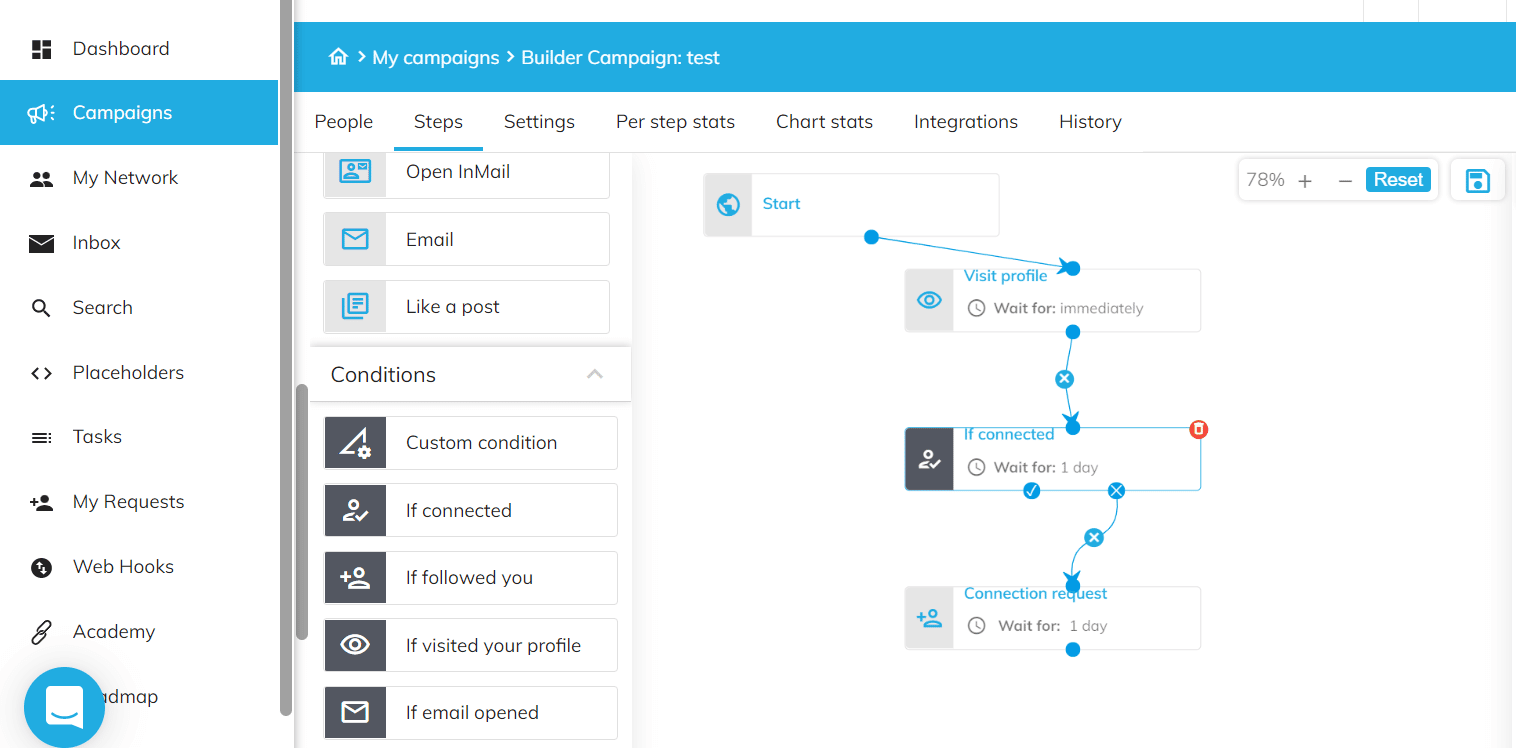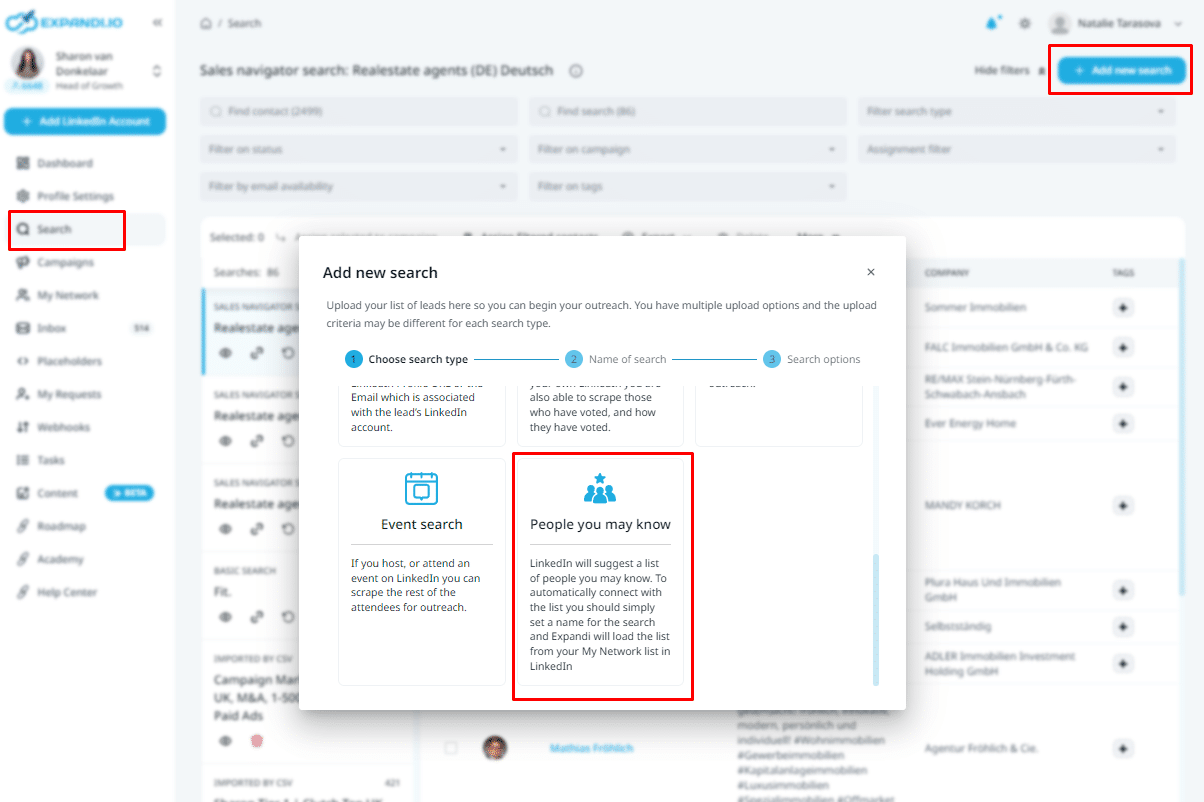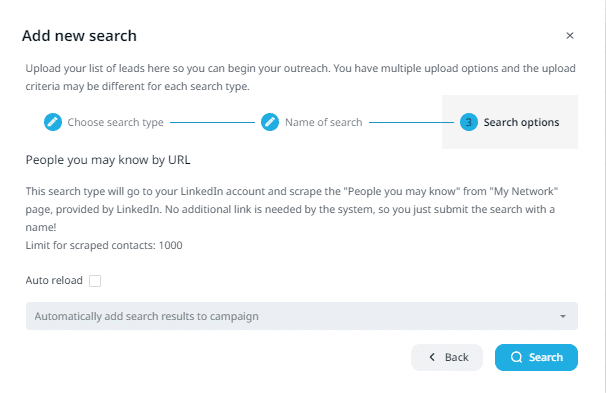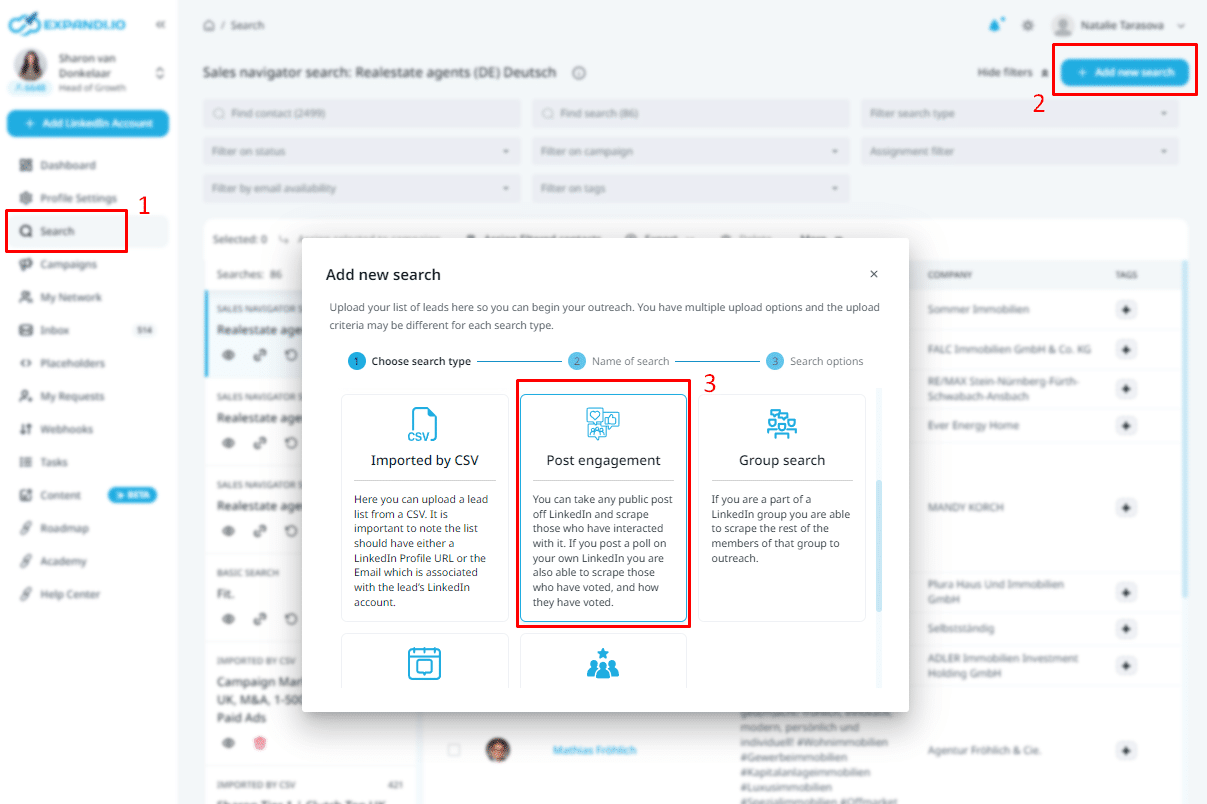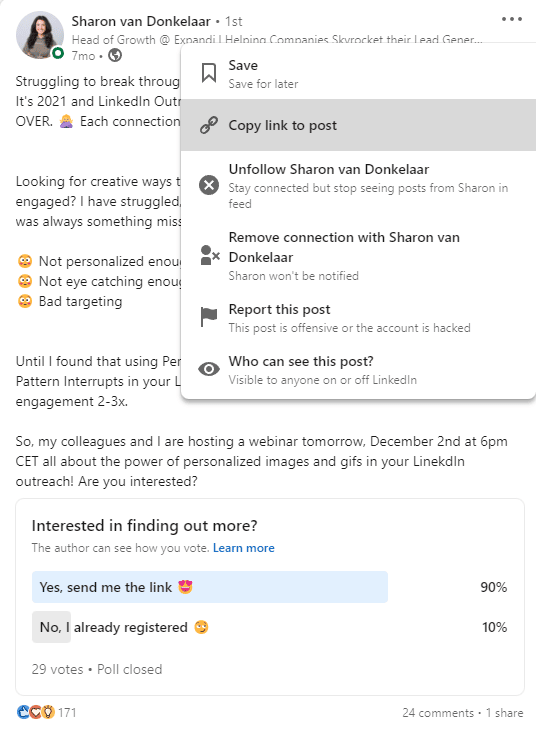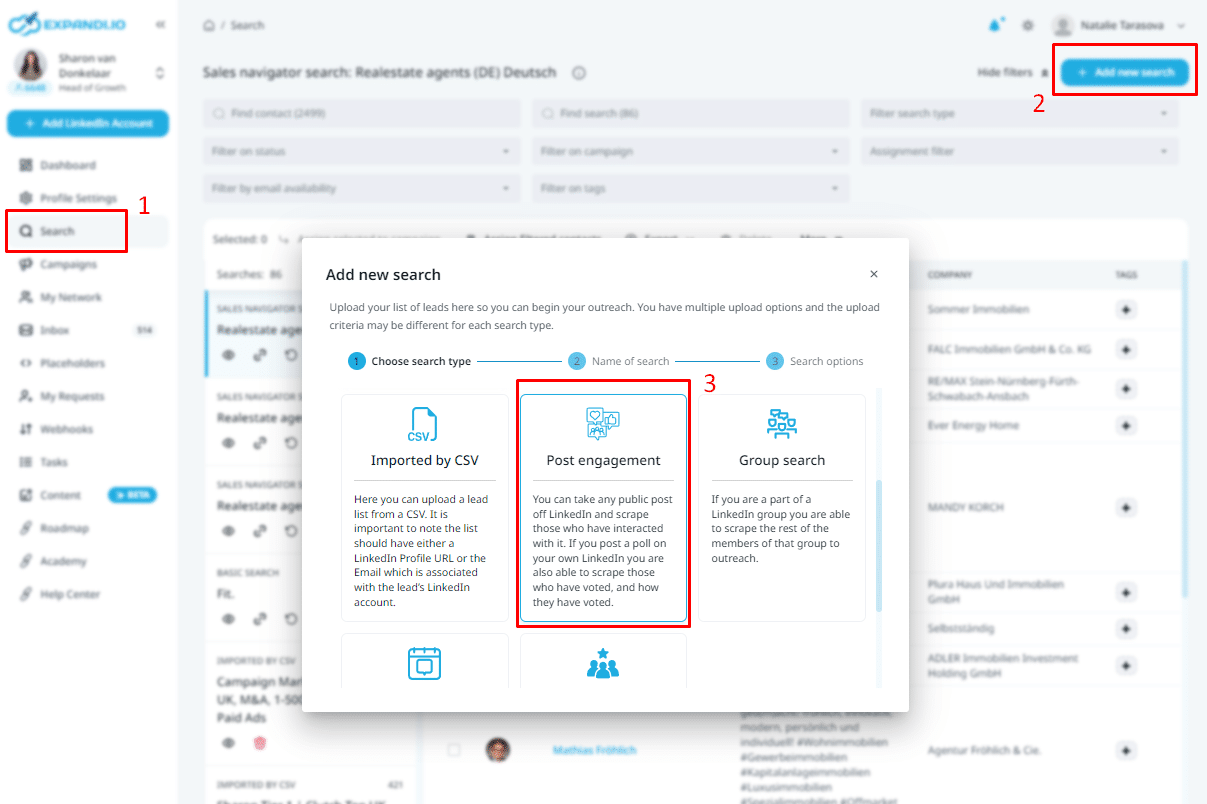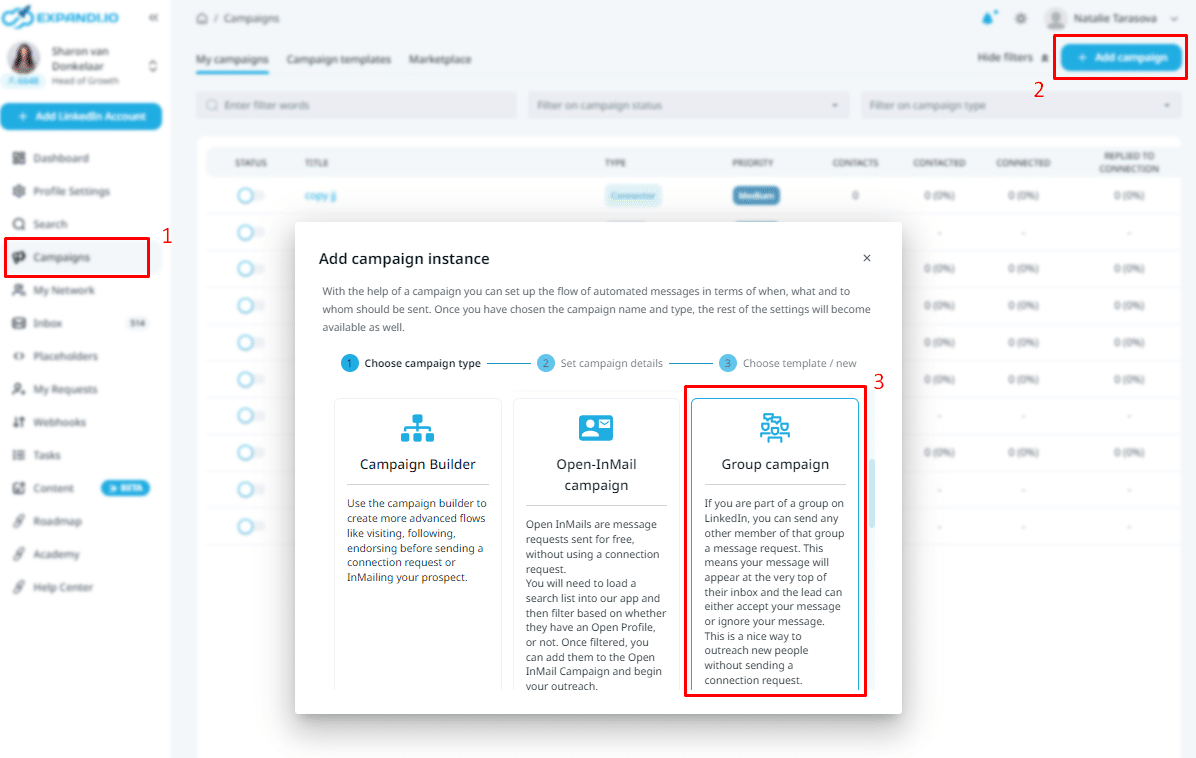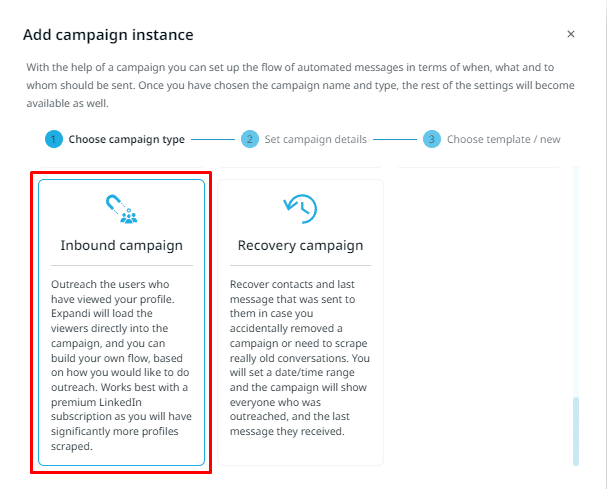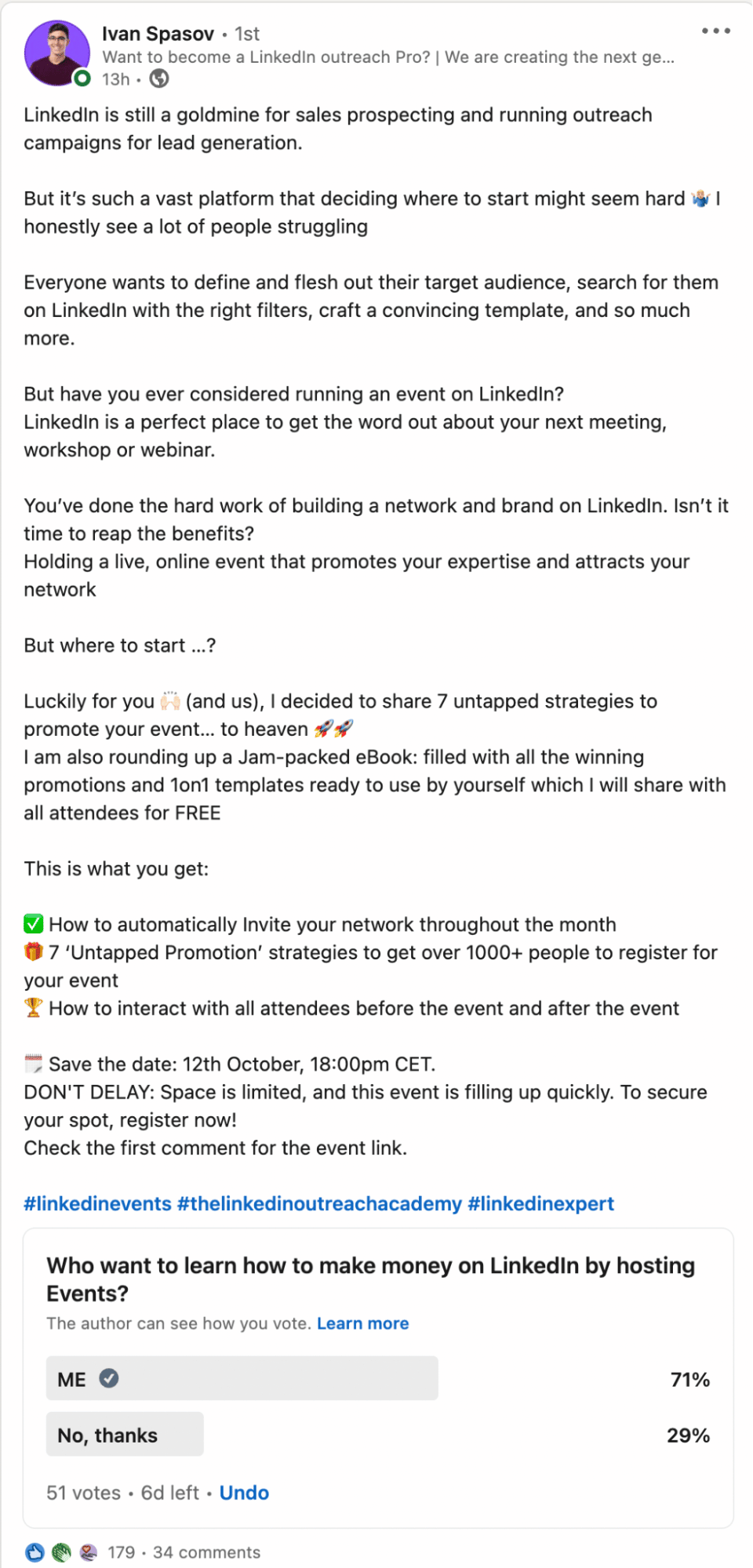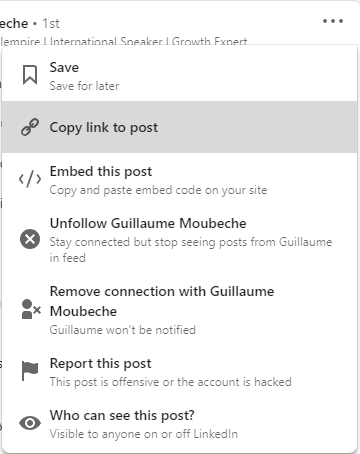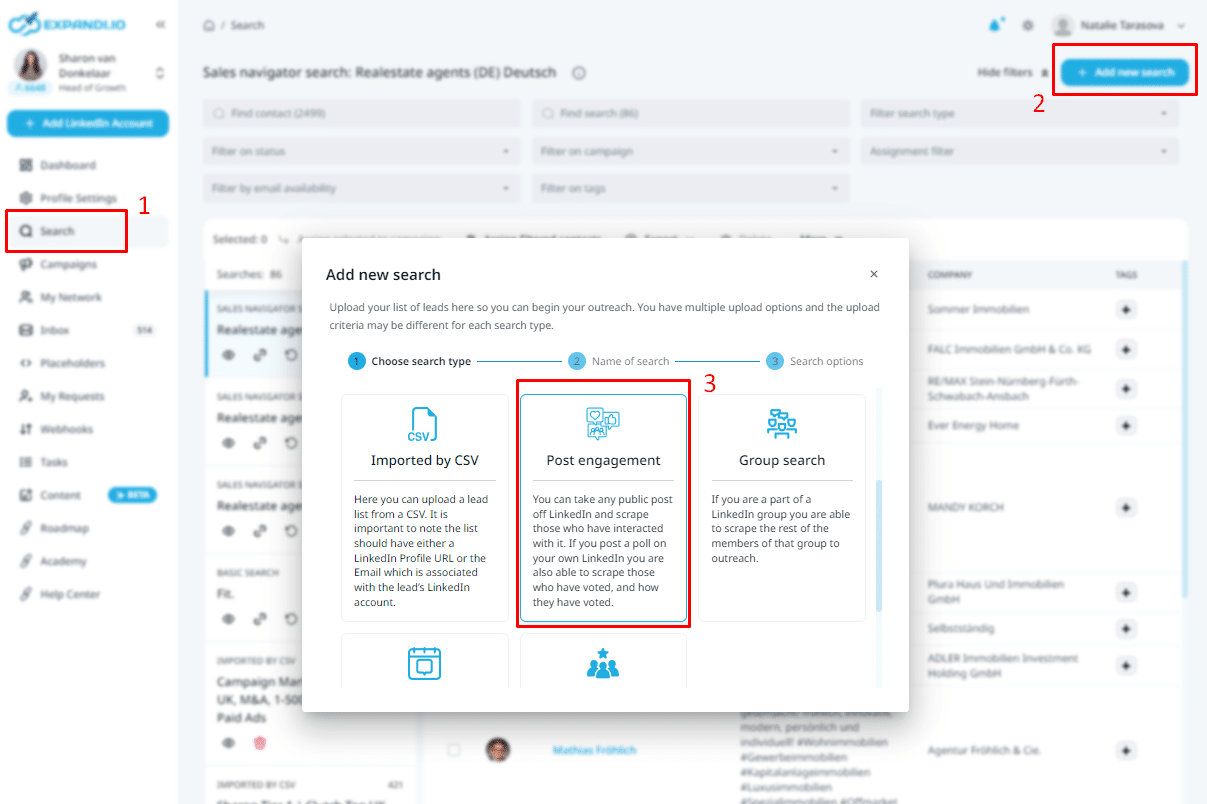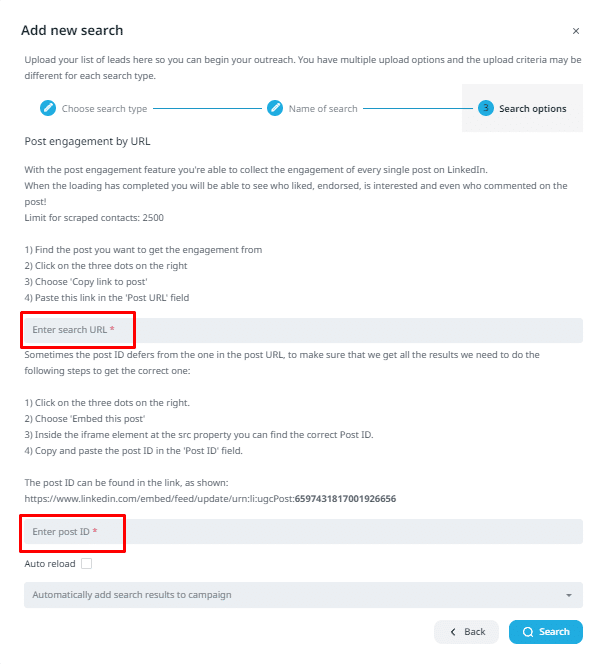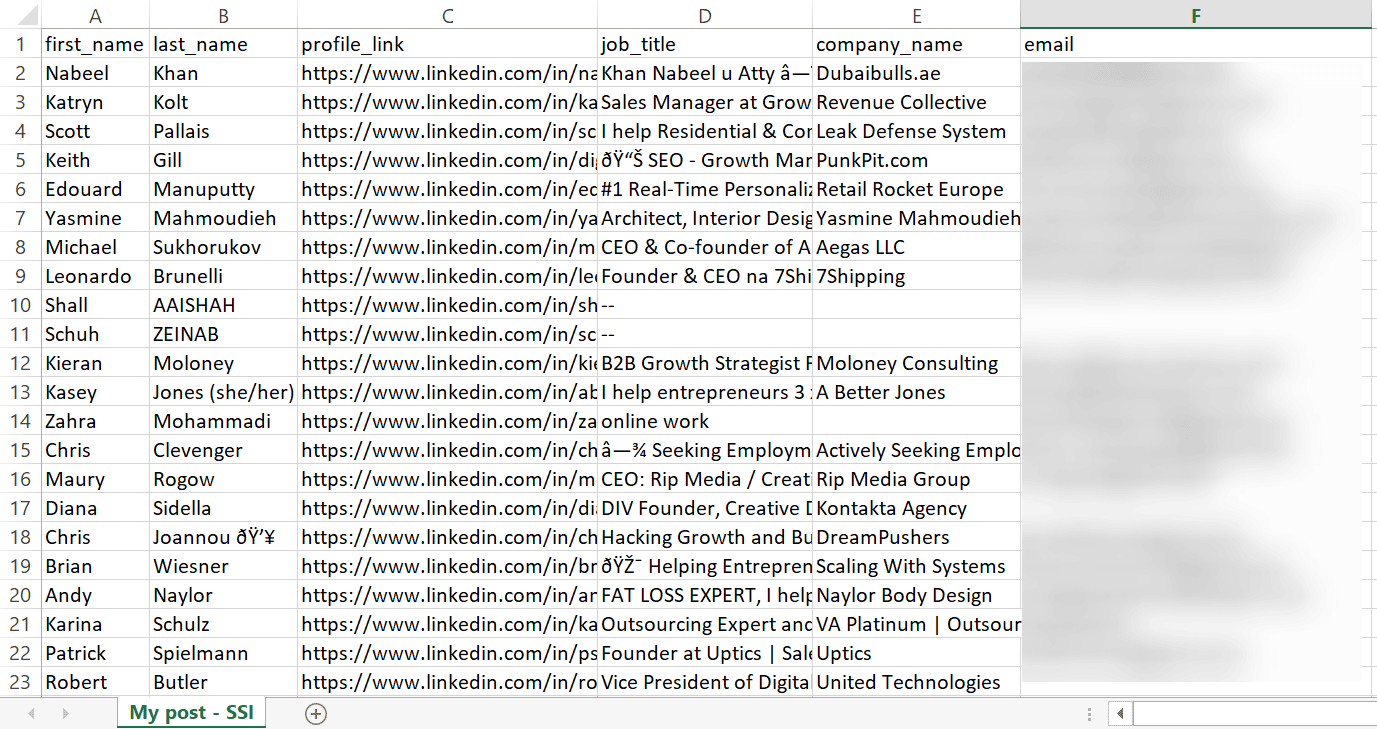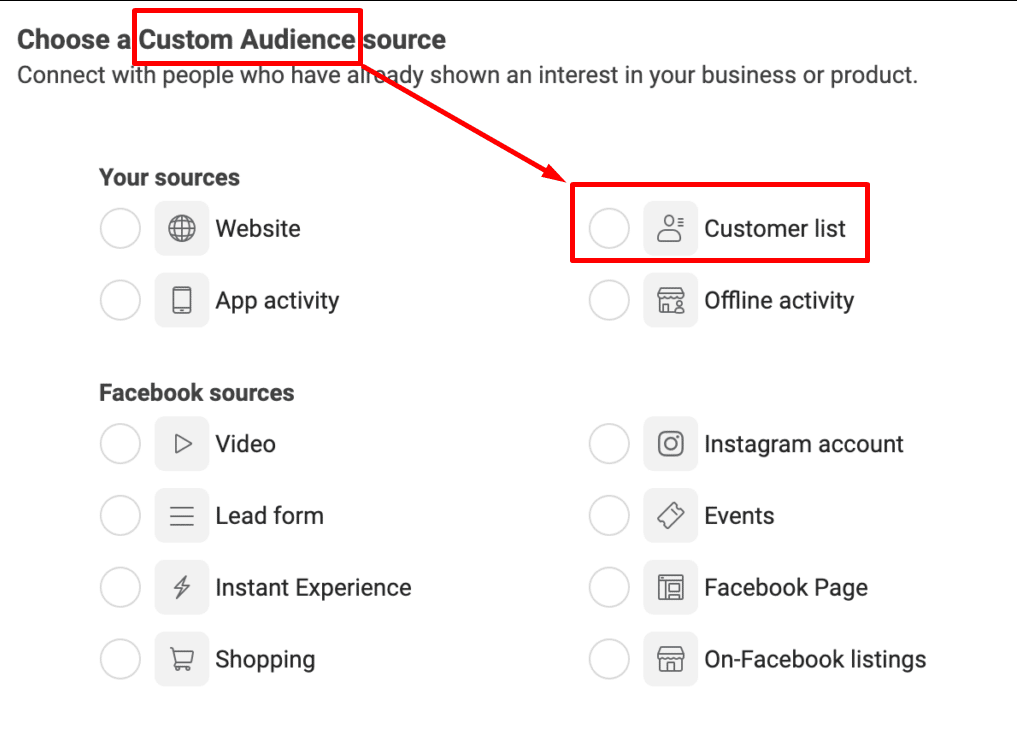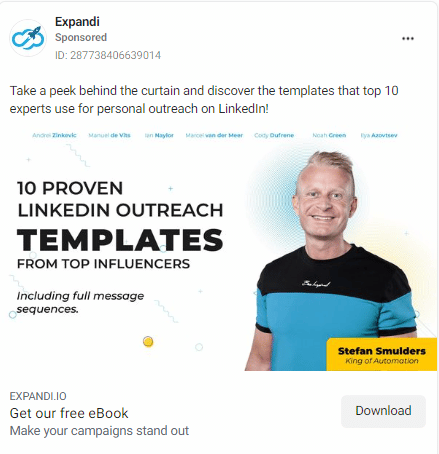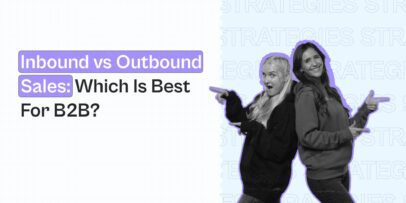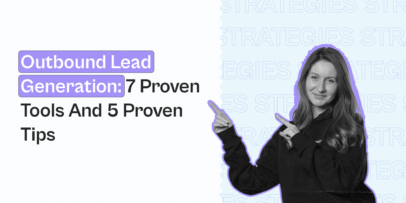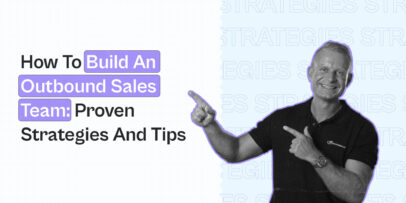LinkedIn Social Selling: 9 Steps to Get Proper Leads in 2024
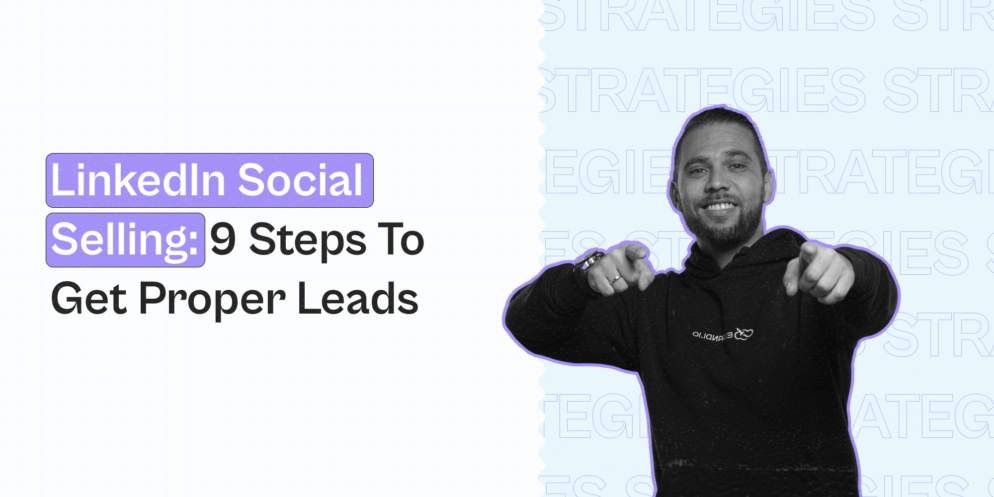
The right platform combined with the proper methods is a guaranteed way to grow your business and get the right leads.
If you work in B2B, chances are, for you, it’s social selling and LinkedIn.
LinkedIn social selling is a powerful tool that can help sales representatives build a pipeline and meet quotas. But it’s quite different from “classic” lead generation, as we’ll cover in this guide.
While LinkedIn is the single best social channel to generate quality, B2B leads.
However, it’s essential you know the rules on how to use it properly.
Otherwise, you risk getting your LinkedIn account suspended or leaving a bad impression on your leads.
Here’s what you’ll learn in this guide to LinkedIn social selling:
- Why LinkedIn is the ideal social selling platform and how to get started
- Why LinkedIn uses the Social Selling Index and how you can use that to boost your personal brand
- 9 steps to boost your LinkedIn social selling and get the right leads in 2024

But before we begin…
Are you in our private Facebook group yet? In the LinkedIn Outreach Family, we cover all social selling, LinkedIn, and proven outreach campaigns. Be sure to join for instant value!
What Is LinkedIn Social Selling And Why Is It Important?
The term might sound self-explanatory, but what does this mean, exactly?
Essentially, it’s about leveraging your LinkedIn network and professional brand to find the right prospects, build trusted relationships, and eventually, achieve your sales goals.
This is different from lead generation and general sales techniques you might already be familiar with.
Because, social selling focuses on building expertise and relationships – not direct sales. So, it’s all about learning how to sell without “selling”.
Then, when your LinkedIn audience sees you as an expert in your area and trusts you, they’ll come to you to ask for help directly.
Social selling benefits the company as well as its employees, as it allows them to build out their personal brand and be seen as thought leaders.
Why social selling on LinkedIn?
LinkedIn is an ideal platform for social selling.
Why’s that?
Let’s take a look at some numbers:
- LinkedIn has over 830 million members in more than 200 countries (Source).
- LinkedIn is the most-used platform for Fortune 500 companies. With over 61 million LinkedIn users being senior-level influencers and 40 million decision-makers (Source).
- According to HubSpot, LinkedIn is 277% more effective for lead generation than Facebook or Twitter, when it comes to B2B leads.
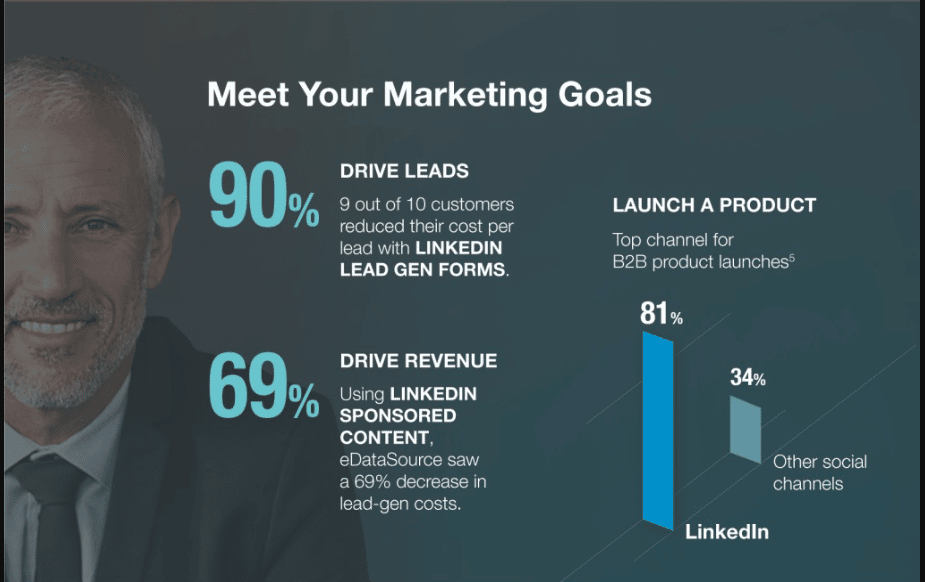
Then, there’s one other thing we need to cover before going over the social selling steps.
How To Leverage Your LinkedIn Profile Personal Brand And Boost Your Social Selling Index
So, one important metric LinkedIn uses on their platform is called the Social Selling Index (SSI).
This is a unique metric that determines your LinkedIn profile’s rank.
LinkedIn describes it as “a first of its kind measure of a company’s or individual’s adaption of the 4 pillars of social selling on LinkedIn, based on a scale of 0 to 100.”
You can check your LinkedIn Social Selling Index here.
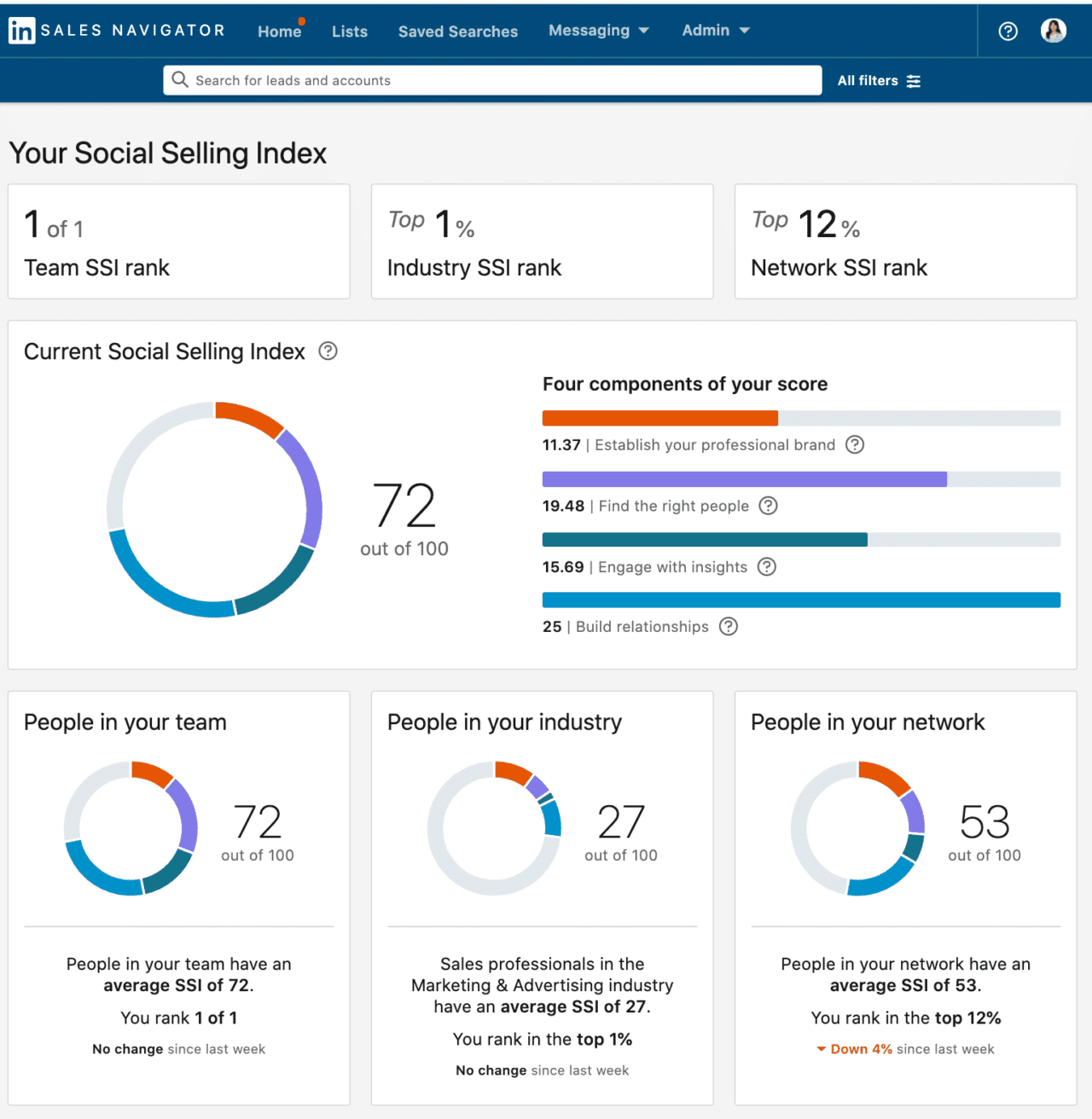
The higher the metrics are, the better.
The 4 pillars of social selling include:
- Establishing your professional brand – B2B buyers are very selective and tend to work with buyers they can trust. A strong brand visibility shows you’re an authority figure and an active participant in your industry.
- Focusing on the right prospects – Social selling is all about finding the right leads, quality over quantity. Fortunately, with LinkedIn, you can narrow your filters down to the prospect role, industry, function, and more.
- Engaging with insights – In addition to positioning yourself as an expert, you should also be sharing relevant industry content, commenting on your network’s content, and creating relevant content yourself.
- Building relationships – Finally, if you’re going to be social selling on LinkedIn, you should focus on building trusted relationships, instead of aiming to book a sales call immediately. Have genuine conversations and focus on the needs of your prospects first.
So, in addition to social selling on LinkedIn, you should also be focusing on:
- Creating content.
- Posting thoughtful comments on other people’s posts.
- Engaging other LinkedIn influencers.
- Your inbound marketing funnel.
- And more.
All this will pay off when you’re doing social selling or other outreach on LinkedIn.
Now, if you’re not sure where to start with social selling, let’s take a look at 9 practical steps and strategies to get you the right leads in 2024!
9 Steps To Implement In Your LinkedIn Social Selling Strategy To Get More Leads
To help you get the most out of your social selling efforts, we recommend the following steps:
- Defining your ICP and buyer persona.
- Optimizing your LinkedIn profile for one of your ICP and BP.
- Finding the right contacts to connect with via LinkedIn.
- Warming up your LinkedIn account before you start social selling.
- Experimenting with different outreach messages and social selling templates.
- Giving value without expectations to build relationships.
- Publishing authority content following LinkedIn rules.
- Remarketing to people who engaged with your content.
- Building relationships instead of selling.
- Measuring your success based on analytics and data.
Now, let’s take a look at each step in detail to see how you can implement it in your LinkedIn strategy.
1. Start with creating your ICP and buyer persona
Before you begin your social selling campaigns, ideally, you should have a well-defined company and persona of who you’re selling to!
If you work in B2B, chances are, they’re already on LinkedIn.
So, you need to narrow your search even more.
You need to consider the:
- Specific segment.
- Industries.
- Location.
- How much revenue they’re generating.
- Team size.
- Pain points.
- And more.
The more specific the better.
Here’s one potential ideal customer profile template to narrow your search.
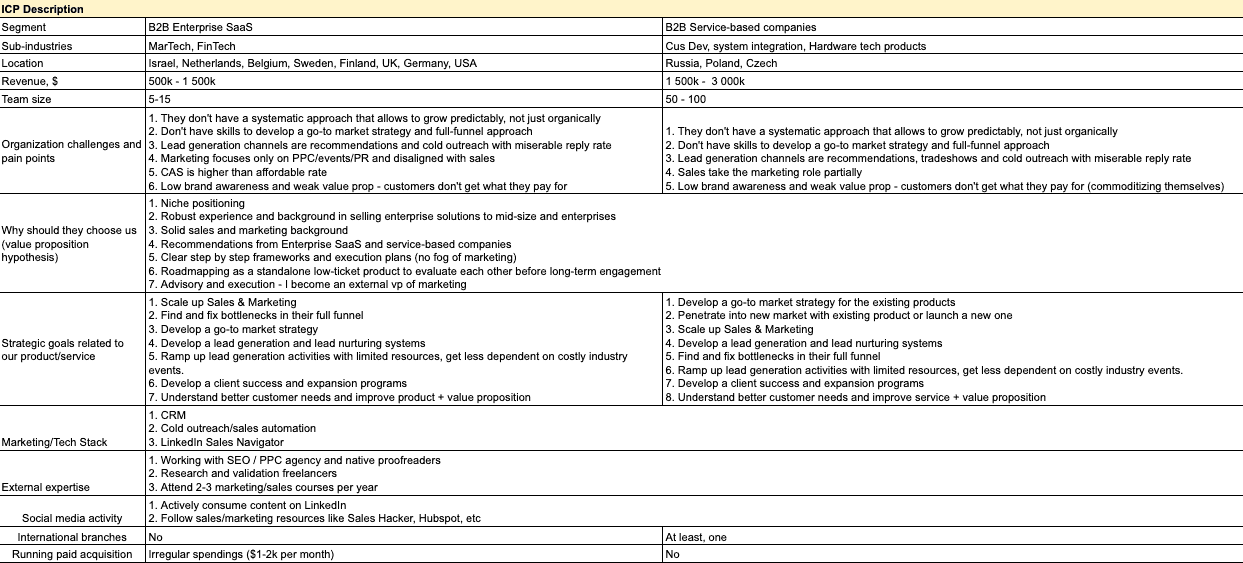
Then, this also helps with personalization and knowing how to approach your leads.
Though, one important thing to note here has to do with differentiating between your ideal customer profile and your buyer persona.
What’s the difference?
- Ideal customer profile – Fictitious description of ideal company with all characteristics of your perfect customer. Down to how they’re a perfect fit for the products or services your company provides.
- Buyer persona – Semi-fictional representation of your customers. Helps identify individuals with different job roles and decision-makers behind every purchase.
At the end of the day, your ideal customer profile will give you essential details about the type of company you’re selling to and will help you qualify leads better.
Meanwhile, a buyer persona will help you sell to the individuals that must sign off on the deal.
See our detailed guide on the difference between an ideal customer profile and buyer persona for more info on this!
Now, once you’ve defined your ICP and BP for your B2B company, the next step you should take is as follows.
2. Optimize your LinkedIn profile based on your ideal customer profile
Think of your LinkedIn as your personal landing page.
In the same way, you might have different landing pages for different solutions, we recommend modeling your LinkedIn profile after your ideal customer profile.
If you have multiple ICPs as part of your business strategy though, you can optimize your employees’ profiles for those profiles accordingly.
Starting from the top, you should look at the following sections of your LinkedIn profile:
- LinkedIn personal URL – This should be something like www.linkedin.com/in/FirstNameLastName.
- Profile banner photo – A custom background banner can leave a lasting impression and demonstrate what you do in a second. You can create one quickly using Canva or outsource it through UpWork or Fiverr.
- LinkedIn profile picture – Your profile picture should be professional, high-resolution, clear, and take up at least 60% of the frame. Though you don’t have to invest in a photographer, it’s worth taking the extra time to make sure the picture is high quality.
- Profile headline – Your headline boosts your profile visibility and grabs attention, making it easier for those looking for your solution to finding you.
- LinkedIn “about” summary – This is where you get to describe why people should trust you. Consider your context, past experiences, work results, personal values, and more.
- LinkedIn work experience – Here, you should focus on your results, achievements, and other quantifiable figures you made happen.
- Education – Depending on your industry, this can be important as well. The main thing you should be looking at here is transferable skills and knowledge.
- License & certifications – For example, conferences or seminars you attended, certified courses you’ve taken, and other relevant qualifications.
- Recommendations – LinkedIn recommendations and skill endorsements are a great source of social proof. If you can get a quote from your past employer or a higher up, even better.
Some of them are going to be more important than others, but it’s worth getting this step right to show your attention to detail.
See our full guide on optimization and tips to improve your LinkedIn profile for a more detailed breakdown and examples of each section.
Your profile sections and communications should be related to the LinkedIn profile description, based on your ICP.
When your profile is ready, you can start preparing for social selling outreach! The first step you should do is warm up.
3. Warm up your LinkedIn account before you start social selling
The purpose of optimizing your LinkedIn account is to avoid getting your account suspended.
If you haven’t used your LinkedIn account for a long time or you have a new account, you should be careful with sending too many requests. Instead, you should start with warming up your profile.
Otherwise, if you send 100+ requests (doesn’t matter if it’s manually or automatically), LinkedIn will be quick to notice and suspend your account.
So, to warm up your account, you start slow and increase the number of people you’re connecting with daily. One simple way to find people who are more likely to connect with you is to look at People You May Know.
You can automate your account warm-up with Expandi:
- Sign up for Expandi with a free trial.
- Go to your Profile Settings.
- Scroll down to the Account Warmup section.
- Activate the Account warmup button.
- Choose the start limit, end limit, increase by, and step length numbers accordingly.
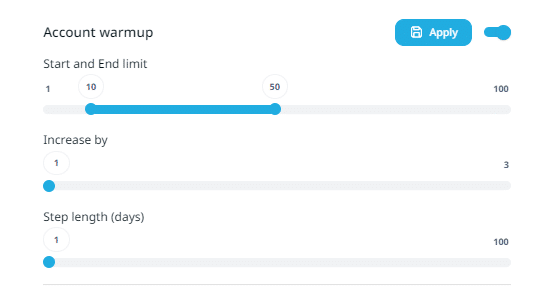
In this example, the start limit is 10 and the end limit is 50, increasing by 1 every 1 day.
What does this mean?
- Start limit – Initial limit of messages and connections you’d like to send daily.
- End limit – Maximum number of messages and connections to send daily.
- Increase by – How many messages and connections you’d like to increase your limit per day. The step length is how often the profile limit is increased.
Moreover, you can also warm up your connection campaigns by adding additional steps (profile visit, like some of the contacts’ previous posts, etc.) before connection request sending.
This will help you build initial rapport and boost your connection rate.
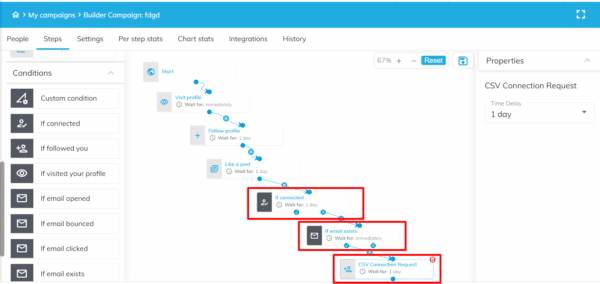
See our guide on how to get more connections on LinkedIn for a more detailed overview.
4. Send Linkedin connections automatically
There are many different ways to grow your network and reach your leads. But usually, the best place to begin is with contacts you may already know!
So, practically speaking, there are a few different ways to go about this.
Let’s take a look.
1. People you may know approach
By having many mutual connections and using the right LinkedIn connection message, your prospects are more likely to connect with you.
People You May Know (PYMK) is ideal for this, as it’s a list of people LinkedIn recommends you connect with. Oftentimes, it includes relevant people with whom you have something in common.
Here’s how to connect with them automatically:
- We’ll be using Expandi’s Campaign Builder (the same thing as Connector Campaign) to send connection requests automatically.
- Go to the Campaigns section and set up a similar outreach flow.
- Then, go to Search and click on the “People you may know” search.
- Choose the campaign that will get all search results automatically
- When the search loads you can use the Filters and Actions and assign the appropriate leads to the desired campaign.
- When all set, just activate your campaign.
Using this approach, you can reach out with a template like this:
“Hey {first_name}! LinkedIn recommended we connect from the “people you may know” section. Let’s make it official? (Your name)”
Alternatively, see our 10+ LinkedIn connection message templates for more info.
2. Using your LinkedIn polls
For this, you have to be the author of a LinkedIn poll which we’ll be scraping.
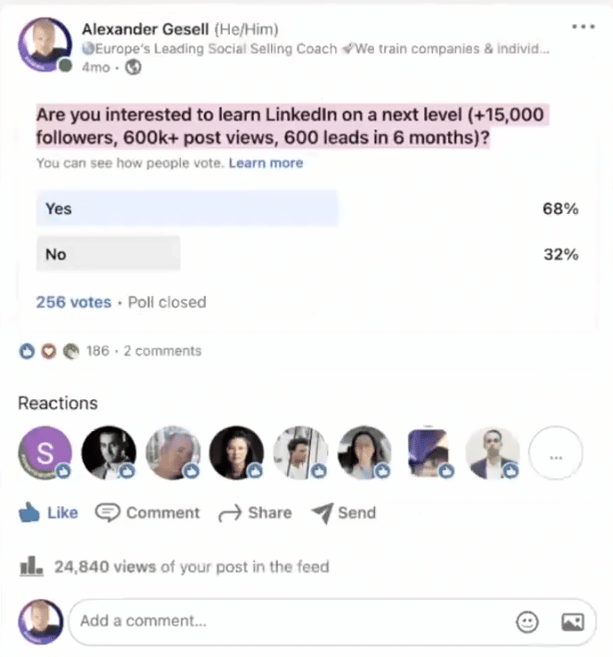
- Find the poll you want to scrape and copy the post URL.
- Go to Expandi, click Search, then New Search, and select Post Engagement.
- Copy the post URL and ID.
- Then, once you scrape the voters from your poll, you can filter them according to the option they voted for.
- Finally, reach out with different templates, based on the poll option they voted for.
For the poll above, we reached out with:
“Hi {first_name}, You answered in my poll that you’re interested to learn LinkedIn on the next level (+15,000 followers, 600k+ post views, 600 leads in 6 months). Let’s connect so I can explain more about our training program.”
From this poll with 256 votes, we ended up with 9 booked training!
For more info, see our full guide on LinkedIn social selling strategies.
3. Content engagement
With this method, we’ll be the list of people who commented on your post to connect with them.
Here’s how:
- Find the post you want to scrape and copy the URL.
- Go to Expandi, create a new Search, select Post Engagement, and paste the URL and ID.
- Reach out with a simple connection request on why they should connect with you.
“Hey {first_name}, Glad you enjoyed my post about the latest LinkedIn outreach hacks. Any favorite parts or questions? Either way, glad to connect! I’m always sharing my insights and new campaigns you can use to boost your lead generation efforts. Cheers.”
4. Member of the same LinkedIn group
The reason this approach works so well is that:
- You can contact people directly if you’re in the same group as them. Though, in this case, we’re using this to increase the number of connections.
- You can assume someone’s interests based on the group they’re in.
- Find a LinkedIn group you’re part of and copy the URL.
- Go to the Campaigns tab in Expandi, click Add Campaign, and choose Group Campaign.
- Go to the Search tab and select Group search to assign all the people to your Group Campaign by pasting the URL.
- Then, you can reach out with a simple template like this one
“Hi {first_name}, I noticed your profile and wanted to reach out as I see we are both members of the LinkedIn Group “Linkedin outreach users”. I guess we have growth in common. Love it! Let’s connect, Stefan”
5. LinkedIn profile visit
This is another simple connection campaign. If someone’s already visited your LinkedIn profile, it’s very likely they’ll want to connect with you too.
- Go to Campaigns in Expandi.
- Select Add Campaign and choose Inbound Campaign.
- Create a flow you would like for your campaign, something similar to this.
Finally, you can reach out with a template like this one:
“Hey {first_name}! Saw you going through my profile. Anything specific I can help you with? Or maybe you’ve got any questions? Either way, glad to connect!”
5. Give value without expectations
As mentioned multiple times, one of the most important parts of social selling is building relationships.
One way you can do this is by giving away free value and content!
That means no opt-in pages, gated content, and no hidden pricing pages.
The importance of giving away value is that it positions yourself and your brand as authority figures in your industry.
Even if someone won’t work with you directly after reading your article, they might opt-in to your newsletter, or just keep on reading your blog, and convert later.
This can be:
- Articles.
- LinkedIn newsletters.
- Research results.
- Podcasts.
- Discussion videos.
- Networking or “value-exchange” calls.
- Product advise.
- Giving praise to other people.
- Commenting on other people’s posts
- And more.
But if you want to succeed at LinkedIn content marketing, what’s important is how you publish your posts.
6. Publish authority content following LinkedIn rules
What do we mean by LinkedIn rules?
Essentially, you have to take into consideration the LinkedIn algorithm when posting any kind of content on the platform.
If your post gets a lot of likes or comments within the first few minutes of it being published, LinkedIn is more likely to give it a “boost” and increase your reach.
Most posts on LinkedIn are structured this way:
- Hook or attention grabber sentence.
- “Clickbait” so that the reader clicks “read more”.
- Problem or main pain points.
- Solution, benefits, or a “before and after”
- CTA (like or comment, subscribe, book a call, etc.).
Here are some other best practices you should keep in mind when posting content on LInkedIn:
- If you want to include a link (e.g. where the reader can find the full article), include it in the comments section, otherwise, LinkedIn will limit your reach if you include it in the post.
- Use PDF files, videos, polls, and other forms of content to boost your organic reach.
- Experiment with “Comment X if interested” CTAs to boost your engagement and reach (see example below).
- Use bullet points and 1-2 sentences per paragraph at most. See our guide on formatting LinkedIn posts for even more info.
- Test different LinkedIn engagement pods to increase your reach and connections even more.
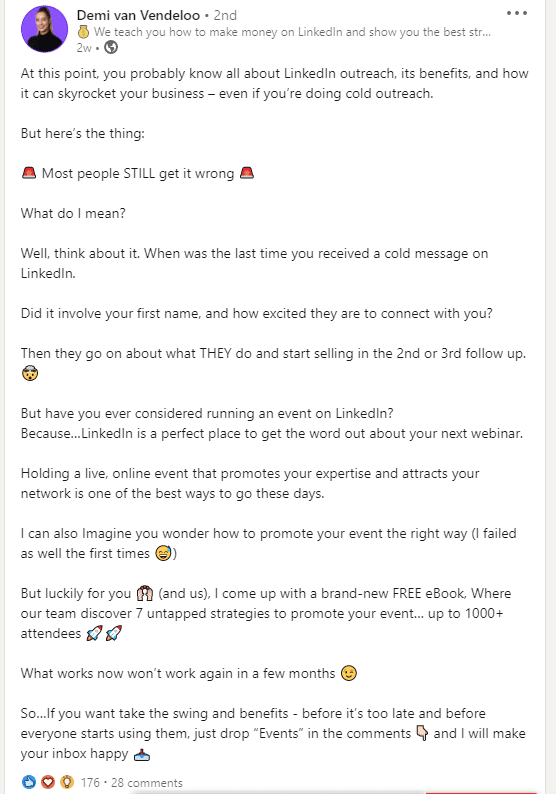
7. Remarket to people who engaged with your LinkedIn posts
The idea here is to build trust with your leads, and then remarket to them with valuable lead magnets to get their emails and keep nurturing via email marketing.
You need to build rapport first and develop your relationship.
Then, give them a reason to opt in.
One way to do so is by scraping everyone who commented or liked your post and retargeting them with a lead magnet to get them inside your funnel.
- Find a viral LinkedIn post you want to scrape the comments off. Note: This works best when you’re scraping your own post so that people will recognize your name.
- Create a new Post engagement search in Expandi.
- Enter the search name and paste the post URL.
- Find their personal emails (i.e. ‘@gmail.com’ domain, not their work email). See our guide on how to find someone’s email address to learn how to do this.
- Set up a custom audience campaign for lead generation on Facebook. LinkedIn ads are too expensive in most cases.
Go to the FB, create a new Custom audience and upload the customer list with personal emails you’ve got before.
- Start a retargeting campaign to this audience with a lead magnet or banner ad to book a call. Finally, once we have their email, we can nurture them with email marketing.
8. Build relationships instead of selling
When it comes to social selling, your goal is to build trusted relationships and be useful to your audience.
Then, after some time, you can pitch directly. Sometimes, they’ll ask you to help them on their own.
The easiest way to do so is by becoming interested in other people, rather than getting them interested in you.
Consider this during your next outreach.
Ask questions, give value, qualify your prospects, and then help them based on their pain points (which should come up naturally).
If your prospect is qualified and relevant, you should steer towards their problems. Then, you can bring up how you help.
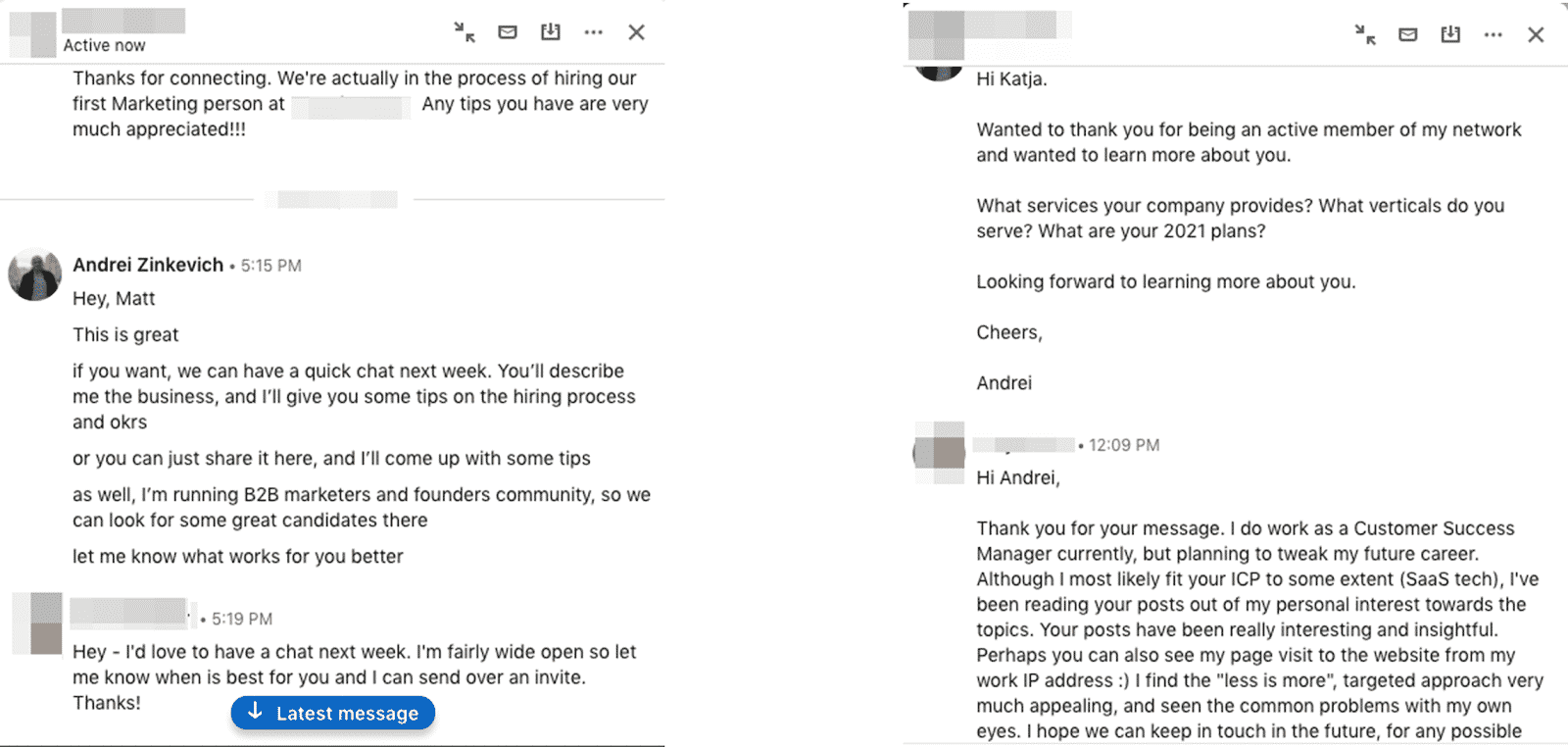
This works especially well considering most marketers focus on themselves instead of their prospects!
9. Measure your social selling success based on analytics and data
Last but not least, if you want to succeed at social selling, you should be measuring your success based on analytics and data.
This way, you’ll know what works and what doesn’t base on concrete evidence, instead of going with your intuition.
Fortunately, LinkedIn makes it easy to see the data behind your social selling.
You can easily see metrics like:
- Number of profile views.
- Post views and content reach.
- How many times your profile has appeared in LinkedIn search results.
- Your social selling index.
- And more.
However, when it comes to outreach campaigns, you need tools like Expandi to see the results behind your campaign.
With it, you can see:
- How many people connected with you out of how many people you reached out to.
- The remaining unaccepted connection requests.
- How many people replied to your message or follow-up.
- People are not yet connected.
- And more.
It’s simple. All you have to do is go to your Campaigns section, click on the specific campaign, and click Stats.
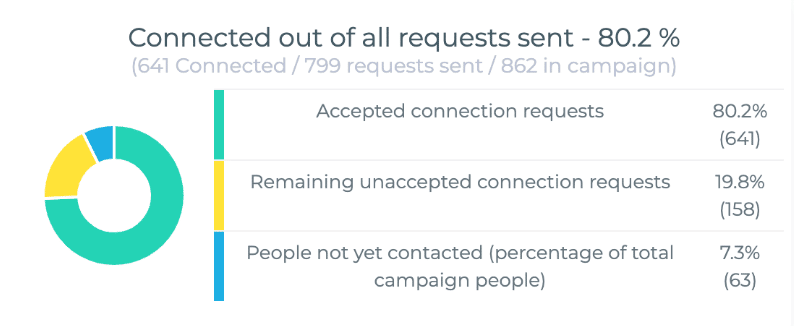
What To Do If The Sales Manager Who Built A LinkedIn Network For Your Campaign Is Leaving?
What do you do if a sales manager who’s been doing social selling for your business is now leaving?
In that case, we recommend:
- Creating content with company branding.
- Starting an auto-nurturing campaign using the company name and the same sender name, after getting the contact’s email.
- Duplicating all information to your CRM to keep all of your social selling communication from the sales manager intact for a new account.
Conclusion
So, hope this guide to Linkedin social selling was useful and that you have a better idea of how to launch your campaigns now.
To wrap up, remember, build relationships, create valuable content for your target audience, focus on helping people, and when needed, offer help naturally.
Chances are, your product or services solve a specific problem.
Most people on LinkedIn are tired of being sold straight away within the first connection message.
So, following the steps and best practices in this guide, you should be able to stand out and get the right leads in your campaign.
Now, if you’re ready to launch your first social selling campaign on LinkedIn, you can do so with Expandi – the safest LinkedIn automation tool on the market.
The process is simple. You create a campaign, add “if-this-then-that” outreach flows, add a list of people to reach (e.g. filtered LinkedIn search, people who commented under a certain post, etc.), and then measure your campaign metrics as you go.
Ready to start social selling on LinkedIn?
Get started with a free, 7-day trial now!
Or, if you’re looking for more social selling tips, growth hacks, and outreach campaigns with proven templates, be sure to join our private Facebook group the LinkedIn Outreach Family now!
Only the best strategies will bring the best results
New articles straight to your inbox

